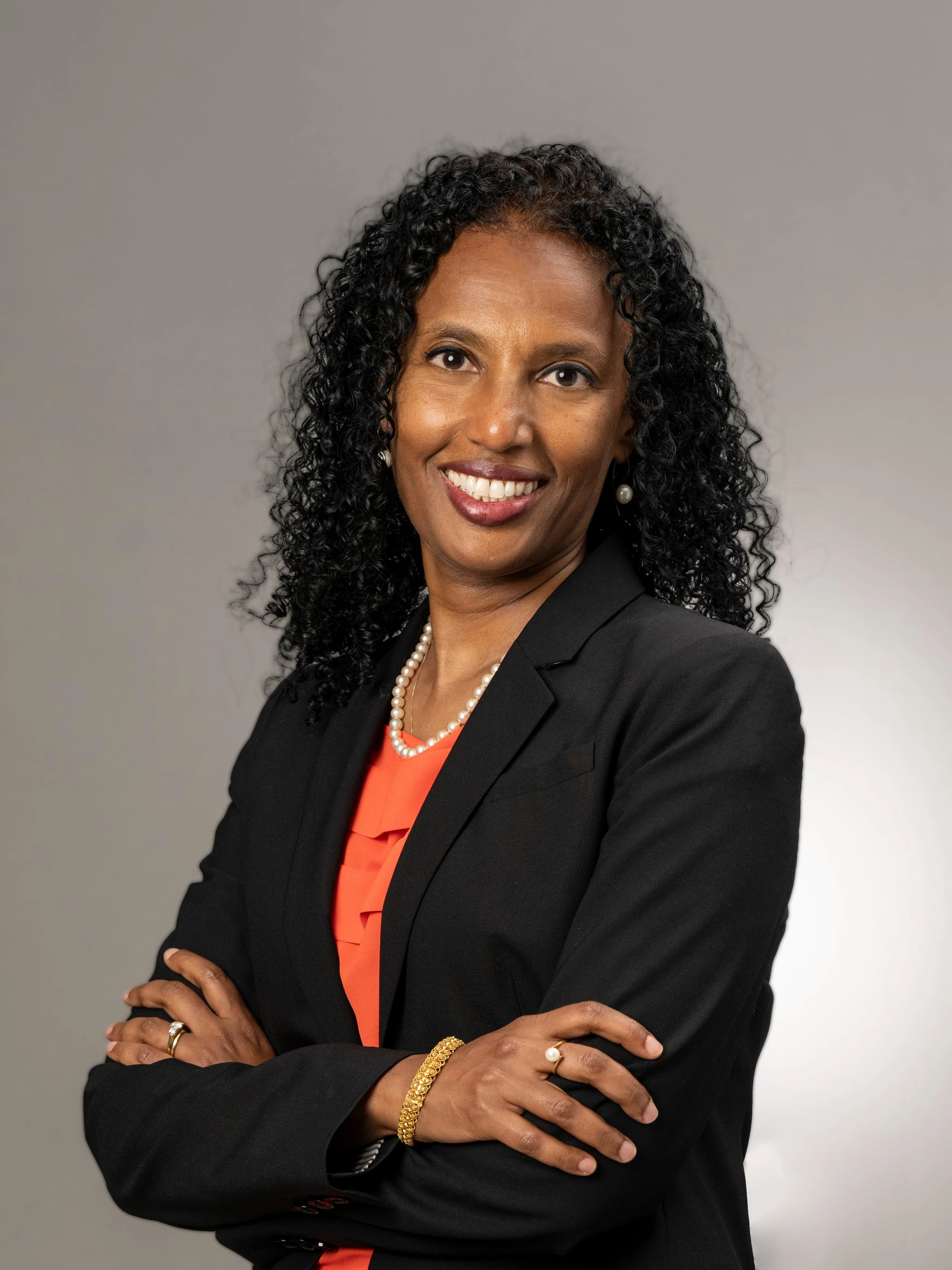
Yemen holds a special place in my professional journey. Returning after nearly two decades, I had the privilege of rediscovering resilient communities who, despite years of hardship, have continued to strive for a better future. The Yemen I returned to has changed, but the spirit of its people —determined, proud and resourceful — remains unchanged.
My first visit to Yemen was in March 2002, my first assignment at the World Bank to prepare the Port Cities Development Project. In those days, travel was simple. Flights into Sana’a arrived past midnight, and I would flag down an old beat-up Peugeot 504 taxi from the airport. Within the city, we got around in shared minibuses alongside everyday Yemenis, getting a window into daily life.
We set out to help Aden reclaim its historic stature—back in the 1950s, it was the world’s second busiest port after New York. Our goal was to restore its competitiveness by investing in local economic development. One standout success was the transformation of the Sirah fish market. In partnership with the fishermen’s cooperative, we co-designed a modern market—while preserving community ownership through a code of conduct still proudly displayed on its walls. Two decades on, it remains vibrant and self-sustained— lasting reminder that community-led development endures.

In Taiz, the city’s 600,000 residents were overwhelmed by floods caused by inadequate drainage systems and heavy rains, leading to deaths and destruction of buildings. The Muhamashin—a historically marginalized community—had built informal settlements and were under constant threat of eviction or flooding. By 2008, we helped transform Taiz into a more livable and flood-resilient city with 240 families safely resettled.
Another meaningful aspect of my work in Yemen was advancing women’s economic empowerment through the design of inclusive community asset management tools. These experiences reinforced a simple truth: when women are included from the start, development outcomes are not only more equitable—they are far more sustainable.
One powerful memory stayed with me: women raising two fingers to demand joint land titles with their husbands—a simple but bold assertion of their rightful stake in property and prosperity. We helped make joint ownership a reality —a first for the World Bank at the time. But turning that gesture into lasting change required visionary leadership, empowered social development teams, and courageous national partners willing to challenge the status quo.
I learned an important lesson in development: real impact starts with listening. Not with blueprints or budgets—but with people who shape solutions and make outcomes endure.
A Changed Country
I had the opportunity to travel across Yemen from 2002 to 2010—from the mountains of the Tihama coast to Al Mahra near the Omani border. In those years, Yemen was peaceful and welcoming. One unforgettable stop was Shibam with its towering mudbrick buildings — an early example of vertical urban planning, built centuries ago to conserve space and guard against seasonal floods. Its narrow alleys felt like stepping back in time, a testament to Yemen’s architectural ingenuity. These places reflected the warmth, history, and promise that defined Yemen before the conflict.
Years of conflict have severely damaged infrastructure, institutions, and social fabric. Development gains that had taken root in the early 2000s were disrupted, and communities were pushed further into vulnerability. Roads that once linked regions are now broken or unsafe. Health and education systems are stretched to the brink. Institutions operate with limited resources. Yet, the conflict has also underscored the value of flexibility, trust, and local partnerships. Even amid fragility, development isn’t just possible, it’s essential.
Building Resilient Livelihoods
A recent team visit reaffirmed the importance of staying engaged. We saw firsthand the impact of ongoing investments, but also the commitment of national agencies and civil society partners to work with us.
Water remains one of Yemen’s most critical challenges. Groundwater levels have dropped over the last 30-40 years, with declines of up to 7 meters per year. World Bank-supported projects have helped slow groundwater depletion and expand access to sanitation and water supply. Building on the Country Climate and Development Report, and the Water Security Diagnostic report, we hope to take an integrated basin-level approach to address water and food.
Agribusiness can play a pivotal role in transforming Yemen’s rural economy and creating jobs. Agriculture contributes nearly 20% of GDP and employs over half the workforce. As conflict pushed families back to rural areas, investing in this sector makes sense. We are exploring a joint IDA-IFC effort to develop value chains in coffee, dairy, and honey—sectors deeply rooted in Yemen’s cultural identity. Yemen introduced coffee to the world through the Mocha port, and its honey remains globally prized. Aligning agribusiness and water investments within the same basins will maximize impact and reduce dependence on food imports.
Fisheries support 1.7 million livelihoods but with overfishing and climate change, fish stocks will drop by 23% by mid-century. Under the Sustainable Fisheries Development Project, marine resources and fishers’ livelihoods were boosted and new protocols signed to advance regional cooperation. We are exploring collaboration with IFC to attract private investment in mariculture and seafood value chains and seeking opportunities in fisheries value chain and marine ecotourism like in Saudi Arabia, where coral reefs are a major draw.
A Vision for the Future
Yemen’s resilience is a testament to the strength of its people—and a call to action for its recovery. The development needs are vast, but so are the country’s potential. With sustained investment, strategic partnerships, and a strong focus on inclusion, Yemen can forge a path toward peace, prosperity, and stability.
Its future must be shaped by the voices of communities: women demanding rights, youth seeking opportunities, and farmers and fishers rebuilding livelihoods from the ground up. These are the people who have held Yemen together—and they must be at the center of its reconstruction.
Returning to Yemen reaffirmed to me that development rooted in trust, listening, and shared purpose can endure even the harshest conditions. With the right support, Yemen’s future can match the unshaken determination of its people.


Join the Conversation